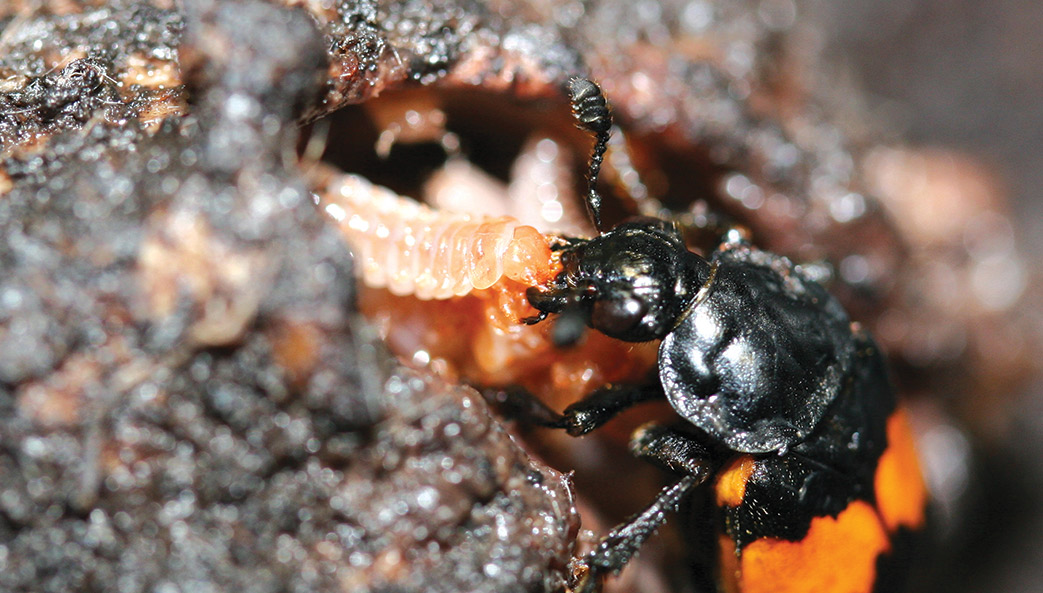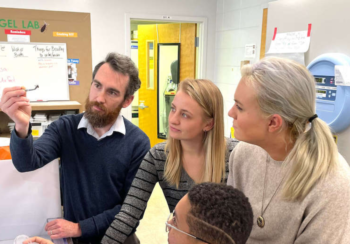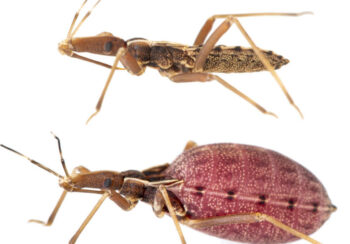“Burying beetles” are the undertakers of the animal kingdom. True to their name, these winged insects scavenge the landscape in search of small-animal carcasses, which they bury under the soil to save as a food source while they care for their offspring.
This beetle’s most unusual behavior isn’t the burying but the nurturing. While most insects do not care for their young, burying beetles do it to an extraordinary degree. They prepare food, protect the brood from invaders and even feed their begging young in much the same way that a bird feeds its hatchlings.
Now, a research team including scientists from UGA has identified many of the genetic changes that take place in burying beetles to help them assume the role of parent. Their findings, published in the journal Nature Communications, may provide clues about the fundamental genetics of parenthood in insects and other animals.
“Parenting is a complex trait, but it’s particularly complex in burying beetles,” said Allen Moore, a Distinguished Research Professor of Genetics in UGA’s Franklin College of Arts and Sciences and paper co-author. “Sometimes the male or female may care for the brood as a single parent, and sometimes they appear to work as a couple. By examining changes in genes associated with parenting, we got a clearer picture of what was happening.”
The researchers allowed 269 pairs of male and female beetles to co-mingle in a closed environment complete with food sources, and they observed the insects’ behavior as they raised their offspring. About 50 percent of the time, a male would abandon the nest after mating, leaving the female to care for the brood alone. Females, on the other hand, abandoned the nest only 5 percent of the time.
Regardless of its gender, when a single parent cared for the young, the researchers found that this beetle expressed specific genes that control parenting behaviors. But when the male and female appeared to act as a couple, the story was different.
“If you just observe a pair of beetles, they may look like they’re working as a team,” Moore said. “But our genetic analyses showed that the males really weren’t doing much of anything. They did not express the genes necessary to care for offspring, so the females were actually doing most of the work.”
Males and females may work together to bury a carcass and prepare the nest. But once their eggs hatch, the duties of parenthood generally fall to one just one of them, and that’s usually the female, Moore said.
While these discoveries will help scientists better understand the social dynamics of burying beetles, Moore and his colleagues hope to apply their approach to studying the behavior of other animals. “We now know which genes are turned on and off while these beetles raise their young,” he said. “Next, we want to see if those same genes influence social interactions in other species.”






